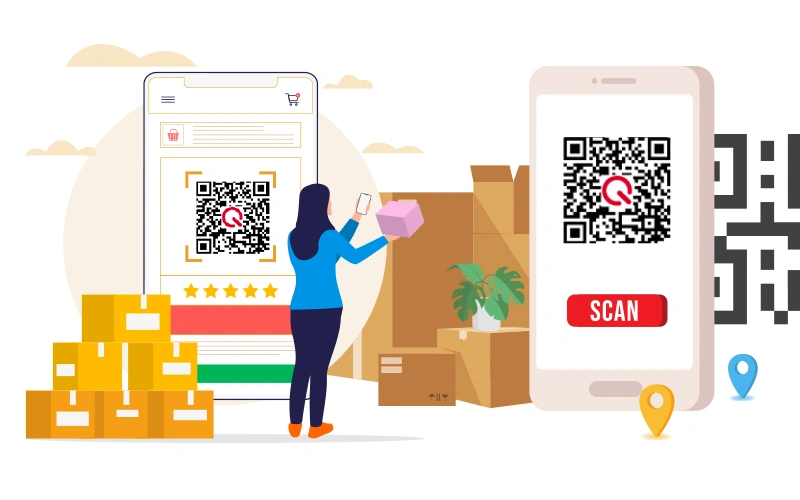
QR Codes for Sustainable Packaging: Eco-Friendly Initiatives
Incorporating QR codes into sustainable packaging is a game-changer for brands aiming to reduce environmental impact while enhancing customer engagement. These compact, scannable codes provide an innovative, paperless alternative for sharing product information, sustainability efforts, and traceability details.
Key Benefits
- Reducing Paper Waste
- By replacing printed labels, QR codes help cut down on unnecessary paper usage, as seen with brands like Cocokind and Thrift+, which share sustainability details digitally.
- Lowering Printing Costs
- QR codes eliminate the need for frequent reprints, allowing brands to update product details in real-time, reducing both costs and material waste.
- Promoting Traceability
- Consumers can scan QR codes to access information about a product’s origin, eco-friendly materials, or ethical production practices. For instance, IBM and Farmer Connect use QR codes to trace agricultural products.
- Encouraging Transparency
- Brands like Natrue and Usefull use QR codes to share detailed stories about their sustainability certifications and responsible practices, fostering trust and eco-conscious consumer behavior.
Applications
- Digitized Manuals and Guides: QR codes enable easy access to product care instructions or user guides, eliminating paper inserts.
- Smart Packaging: Brands integrate QR codes on their packaging to communicate eco-friendly features and production details.
- Event Engagement: Companies use QR codes during meetings and events to share files and presentations, further reducing paper usage.
Innovative Examples
- Lush: Introduced solid products and packaging-free options supported by QR codes for waste reduction.
- H&M: Uses QR-enabled recycling bins to encourage clothing disposal and recycling.
- The United Kingdom: Promotes energy-efficient consumer behavior through QR codes on product labels.
Conclusion
QR codes are more than just a tech trend—they're an essential tool in the movement towards sustainable packaging. They empower brands to share detailed sustainability stories, enhance transparency, and reduce environmental footprints while offering consumers a modern, interactive experience.
With QR code technology evolving, the future holds exciting possibilities for fostering eco-friendly initiatives and reshaping how brands and consumers interact in a greener world.